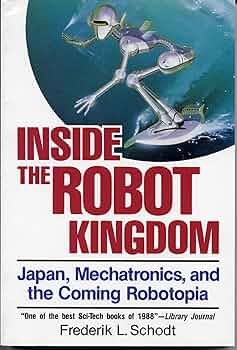
Eyck Freymann: How to Break China’s Minerals Chokehold
Why the allies need a multilateral commercial stockpile This essay is based on a Hoover History Lab working paper, co-authored with Joshua Stinson, William Norris,…
Thought Leader: Eyck Freymann
(original source The Washington Quarterly)
In the fall of 2006, as Deputy Assistant Secretary of State for Central Asia, I wandered through a bazaar in Kara-suu on the Kyrgyz—Uzbek border. The bazaar is one of Central Asia’s largest and a crossroads for traders from across the volatile Ferghana Valley—Kyrgyz, Uzbeks, Tajiks, and many others. But most remarkably, it has become home to nearly a thousand Chinese traders from Fujian, a coastal province some 3,000 miles away, lapped by the waters of the Taiwan Strait.
For a thousand years, this was pretty much the natural order of things. Asia was deeply interconnected. Goods, capital, technologies, ideas, and religions, including Buddhism and Islam, moved across Silk Road caravan routes and over well-trafficked Asian sea lanes. But between the 17th and 19th centuries, Asia fragmented. Maritime trade swamped continental trade. ‘‘The caravel killed the caravan’’ as it became less expensive to ship goods by sea. China weakened. Tsarist armies arrived in Central Asia. And many of India’s traditional roles in Asia were subsumed within the British Empire.
Click here to read more
Eyck Freymann: How to Break China’s Minerals Chokehold
Why the allies need a multilateral commercial stockpile This essay is based on a Hoover History Lab working paper, co-authored with Joshua Stinson, William Norris,…
Thought Leader: Eyck Freymann
Chris Miller: Robotics Manufacturing: The Rise of Japan
“To the Americans, a robot is a computer attached to a mechanism. To Japanese, a robot is a mechanism attached to a computer.” The future…
Thought Leader: Chris Miller
Dr. Sanjay Gupta: A New Understanding of Parkinson’s Disease
Parkinson’s disease, a progressive movement disorder whose hallmark is damage to the dopamine-producing neurons in the brain, afflicts almost 12 million people worldwide. And the…
Thought Leader: Sanjay Gupta

